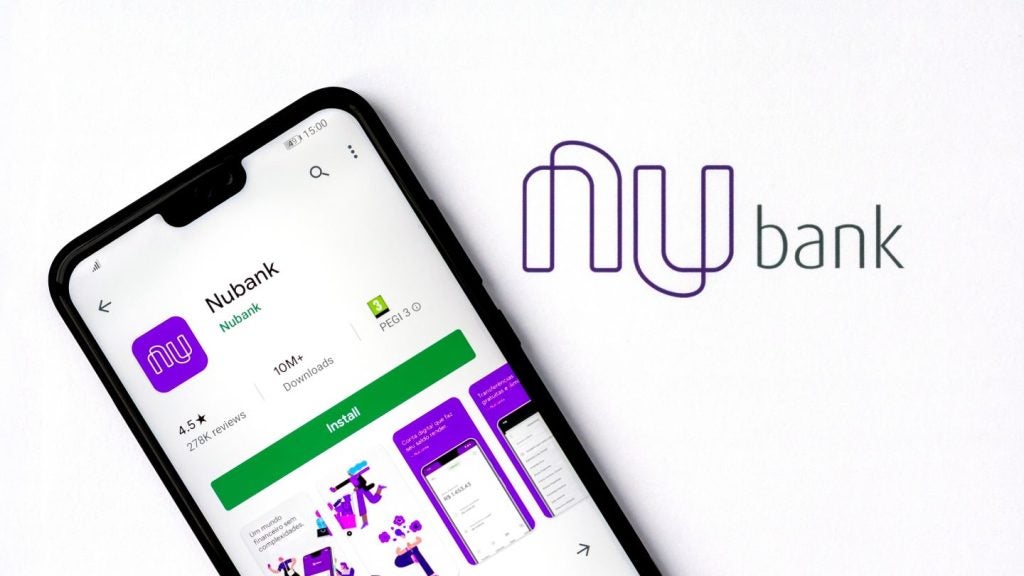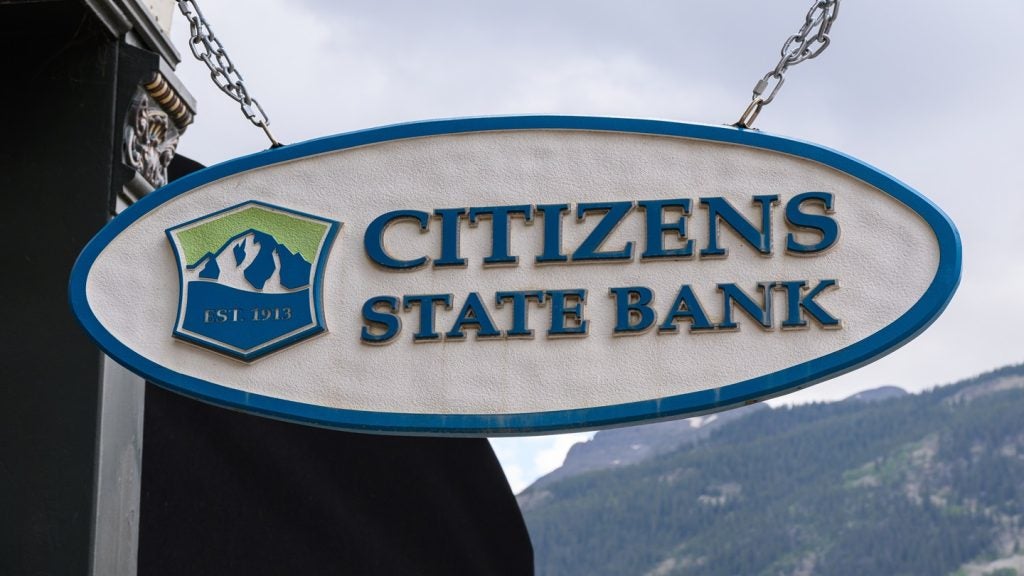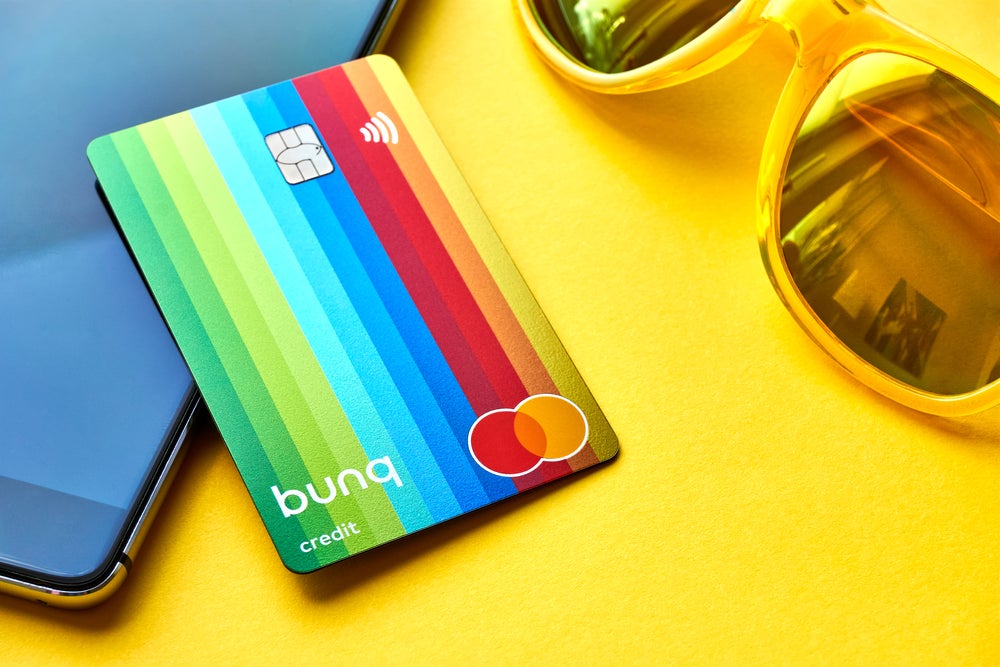With consistently high economic growth, twice as many mobile phones registered as inhabitants and growing demand for consumer credit facilities, Panamá looks set to develop one of the region’s most advanced portable banking offerings. Maryrose Fison reports
Once dubbed the ‘Latin Singapore’ for its dazzling economic growth story and reputation as an offshore financial centre, Panama has emerged as a country with buoyant growth prospects and a bright future.
Sprawled across the tropical isthmus which connects North and South America and bisected by the eponymous canal that generated $1.9 bn from tolls last year, the serpent-shaped country has proven a beacon of light in Latin America as neighbouring countries have faced mixed fortunes.
Real gross domestic product in Panamá expanded by 8% on average from 2006 to 2012 and the country is projected to see growth of 7.2% in 2014, according to the International Monetary Fund. In 2015, the World Bank forecasts Panamá will expand by 6.2% and in 2016 6.4%, well above the growth average for Latin America and Caribbean, projected at 1.9% in 2014, 2.9% in 2015 and 3.5% in 2016.
Fragmented Retail Banking Market
The banking environment has remained buoyant with an expansion, rather than consolidation of the market, over the past decade.

US Tariffs are shifting - will you react or anticipate?
Don’t let policy changes catch you off guard. Stay proactive with real-time data and expert analysis.
By GlobalDataBanks in the International Banking Centre -which includes both general license and international license banks- has risen from 80 in 2001 to 90 in 2014 and today 15 banks control 80% of the assets in the National Banking System which were worth US$64.5bn (£40.6bn) as of June 2014.
At the end of April 2014, the five biggest banks based on total assets, were Banco General, with $11.4 bn Banco Nacional de Panamá, with $8.4bn, Banistmo, with $8.2bn, Banco Latinoamericano de Comercio Exterior (Bladex), with $7.2bn and Global Bank, with $4.3bn (see Table )
Total assets in the International Banking Centre of Panamá were worth $101.7 bn in May, exceeding $100bn for the first time and marking year-on-year growth of 7.5%, according to the Superintendencia de Bancos de Panamá (Panamá’s bank regulator).
This was primarily the result of a 6% increase in the credit portfolio to $63.1bn, a 12.3% increase in securities investment to $16.9bn and a 9.5% jump in liquid assets to $18.3bn. Deposits also showed a 6.1% increase to $73.1bn.
High Demand for Credit
Meanwhile, total assets in the National Banking System – which comprises exclusively general license – reached $82.99bn as of May 2014, a 7% increase over May 2013.
Credit showed a 4.8% increase, liquid assets lifted 13.8% and securities investment expanded by 10%. On the liabilities side, deposits showed a 5.2% increase while obligations reached 27%.
As of May 2014, domestic credit totalled $38.23bn, of which $1.65bn corresponded to the public sector and $36.59bn to the private sector. The activity with the highest balance growth was mortgages, with $1.27bn, followed by personal consumption, $797.4m.
A decade of high economic growth has had a positive impact on several social indicators. Poverty across the board in Panamá reduced from 48.5% of the population in 2012 to 27% in 2011, with extreme poverty declining from 21% to 11% over the same period.
Mobile and digital banking
As urban poverty levels have fallen and urban wealth per capita increased, Panamá’s retail banks have sought to expand their offerings so as to provide customers with greater dexterity in managing their personal finances.
In July 2012, the bank regulator and the Asociación Bancaria de Panamá (Panama’s Association of Banks) developed a set of standards aimed at safeguarding security of online banking. The regulator set up a department to focus on technology risks and to monitor the implementation of standards of online banking.
With high rates of internet connectivity and mobile phone penetration and the tightening of security confidence has been buoyed, fuelling an accelerated uptake in mobile and online banking activities.
Canadian trailblazer Scotiabank has created internet and mobile banking offerings allowing customers to carry out virtually all of the tasks that were traditionally associated with branch visits. The bank’s mobile offering, Scotiamóvil, and Scotia En Linea, its web-based service, allow customers to check their balance, make payments, pay utility bills, transfer funds between Scotiabank accounts and transfer funds to third parties.
In April 2012, Banco Nacional de Panamá began a process of modernisation. Eleven months later it unveiled a new website, in April 2014 it launched an online banking solution and in July this year, it debuted Banca Movil, the bank’s first mobile offering.
The bank has also begun deploying an authentication solution created by the digital security firm Gemalto to secure its eBanking and mBanking operations. The bank contracted telecommunications operator Cable & Wireless, Gemalto’s business partner in Panamá, to offer a multi-channel eBanking security to its entire customer base.
Tapping into the Unbanked Indigenous Population
With a landmass the size of Switzerland, including stretches of rainforest and mountains, branch penetration outside of the main centres in Panamá City, San Miguelito and Tocumen have traditionally represented a hurdle for financial inclusion.
This is partly related to the unique composition of Panamá’s population. Some 12.7% of the population, totalling just under 420,000, comprises indigenous groups of whom slightly less than half reside in semi-autonomous territories known as comarcas removed from the urban areas that are rife with bank branches.
In the past decade, however, this portion of the population, which has been historically locked out of retail banking, has become much more accessible via mobile telephony.
According to data published by The National Authority of Public Services there were 7.3 million registered mobile phone lines in Panama in 2014, representing two for every member of the population.
A separate study conducted by Panama’s Ministry of Economy and Finance found that in 2010 access to landline telephones in comarcas was virtually non-existent. Only 1% of households in comarcas used by the Kuna and Yala indigenous groups reported having a landline, 1.9% of households in comarcas used by Emberá group had one and 0.9% of households in the Ngäbe and Bugle indigenous groups’ comarcas had this access.
The arrival of mobile phones and wide-ranging broadband coverage across the country has meant the proportion of homes in indigenous areas with potential access to mobile banking services has now risen dramatically. 46.5% of homes in the Kuna and Yala comarca had at least one mobile phone, according to the Ministry’s study, 37.5% of homes on Emberá’s land had a mobile phone and 26.9% of households in Ngäbe Bugle’s comarcas had one.
Multibank
At Multibank, a financial institution in Panamá with assets worth US$3.10 bn (£1.95bn) in 2013, digital banking represents an additional way of building customer loyalty and enhancing client services.
Ana Maria Valles, Assistant Vice President of Customer Relationship Management and Alternative Channels at Multibank, told RBI that 80% of the bank’s customers currently use internet banking while 12% use the bank’s mobile banking offering, which was launched one year ago.
The bank seen significant expansion in the past four years. Total assets grew from $1.45 bn in 2009 to $3.10 bn in 2013.
Net income rose from $196m in 2009 to US$39 m in 2013 and customer deposits lifted from $1.13bn in 2009 to $2.01bn in 2013.
In the three months ended 31 March 2014, total assets were worth $3.15bn up from $3.10bn in the corresponding quarter a year earlier.
For Valles, the value of online banking offerings is clear-cut. "Our mobile and digital strategy aims to make banking accessible to clients 24 hours per day from any location in an easy and secure way," she said. "Our service is focused on business lines. These are the different products and services we offer such as savings accounts, personal loans, mortgages. However we are also directing our efforts to add to short-term, products and services for consumer preference," she explained.
The bank recently conducted an upgrade for its online banking services. This involved enhancing security by including additional ID recognition steps for clients once they access the banking platform, adding services to enable customers to make payments for public services such as water and phone bills and upgrading the visual display on the site to a more modern and user-friendly lay-out.
Since launching its mobile offering one year ago, Valles says that the bank has witnessed a speedy rate of adoption among its customer base.
"The number of clients using our mobile banking services has grown 50% over the past six months," she reported, adding that customers were still showing an interest in traditional bank interactions.
With 25 branches and 2 loan centres operating in Panamá, Valles said there is still a place for face-to-face customer service options.
"Today the trend is for consumers to migrate from branch banking towards channels like internet banking, however contact centres continue to play an important role in providing services to customers," she said.
"Customers appreciate being able to speak to someone over the phone or have eye contact in a face to face meeting. Variety is key in this business. There is a place for both digital and online banking services as well as traditional branch services."
"Our strategy is to provide an additional means for clients to maintain contact with our bank, access their accounts and perform transactions using a mobile phone. Online banking is a portal that offers clients access to their bank accounts and banking services throughout the day or night and from any location," she added.
Mobile banking services offered by Multibank currently include balance inquiries, account transfers, addresses for local branches and ATM machines. Valles says that the offering is supported by Android Devices with operational system 2.2 or higher and is compatible with all mobile operators in the country and free to use.
But while the bank is focused on further developing this channel, Valles acknowledged that there were obstacles when faced with finding ways to strengthen customer loyalty without the human interaction of traditional bank encounters in years gone by.
"The challenge with further developing digital banking is to retain customers’ loyalty and ensure they feel that our online channels are secure. We have no plans to reduce branches," she said.
Metrobank
Another bank which has been making waves in Panama is Metrobank, a financial institution with four physical branches and a burgeoning digital offering.
Gustavo Garcia de Paredes Algans, Vice President of Technology and Payment Systems at Metrobank, told RBI that the bank’s goal was to provide "the country with new tools that will help the common Panamánian to get access to banking needs and services".
He added: "It’s not just business it’s our social responsibility to help our country to be better."
Three quarters of Metrobank’s customers use its internet banking offering and 50% use the mobile banking platform, he reported.
In May this year, Metrobank launched MóvilCash (Mobile Cash) with Cable & Wireless, a solution which has enabled its customers to use their mobile phones as electronic wallets, to make cash transfers, refill airtime minutes, purchase goods and pay for services in businesses where the payment mode is accepted.
It opened a branch to service Chiriqui, on the west-side of the country, earlier this year but does not have plans to expand its physical reach dramatically in the near-term. With four branches and 16 for its subsidiary, Govimar, the company retains a modest branch footprint. "Our branch network base is very small," Algans told RBI. "We are not planning to grow it significantly over the next years."
While parts of Panama’s population continue to have limited access to traditional banking channels, the rapid uptake of mobile phones in Panama coupled with strong broadband coverage and increased awareness among retail financial institutions of the benefits of flexible banking services, it may be only a matter of time before this trend begins to reverse.
And, with growing wealth levels in Panamá’s skyscraper-studded metropolises, an increasingly affluent Panamánian population looks set to fuel demand for credit services for many years to come.







